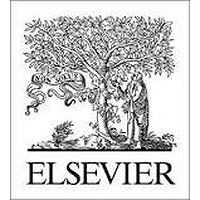Background: Avian schistosomes are considered as main causative agents of human cercarial dermatitis (HCD) in Iran. The study was conducted to determine bird schistosomes in their final and intermediate hosts, in main wetlands of Mazandaran.Methods: A total of 255 domestic and wild ducks were collected and the infection of nasal tissues of five (Anas platyrhynchos domesticus, Aythya ferina, Cairina moschata, Anas platyrhynchos and Spatula clypeata) species were analyzed using morphological techniques. Also, 1687 freshwater snails were collected and surveyed by cercarial shedding and crushing tests. Detection of HCD was performed for the presence of clinical symptoms of itching and maculopapular rashs by physical examination.Results: Of 255 ducks, in 41 (16%) infection with nasal Trichibilarizia spp. were recognized by observing eggs and/or adult worms. The most infected ducks were Anus clypeata and Anus platyrhynchos domesticus. Overall, 0.17% of snails were infected with avian schistosomes. Also, clinical examination of 951 rice farmers revealed that 588 (61.82%) of them were suffered from HCD.Conclusion: Our data suggest that domestic ducks could play a prominent role as a reservoir host for establishing life cycle of Trichobilharzia in the area. Also, existence of domestic reservoir ducks and suitable snail hosts in ponds and paddy fields of this area, climate conditions of the wetlands in Mazandaran leads to a high incidence of HCD. (C) 2021 The Authors. Published by Elsevier Ltd on behalf of World Federation of Parasitologists.

Association between human cercarial dermatitis (HCD) and the occurrence of Trichibilarizia in duck and snail in main wetlands from Mazandaran Province, northern Iran
Review badges
0 pre-pub reviews
0 post-pub reviews

